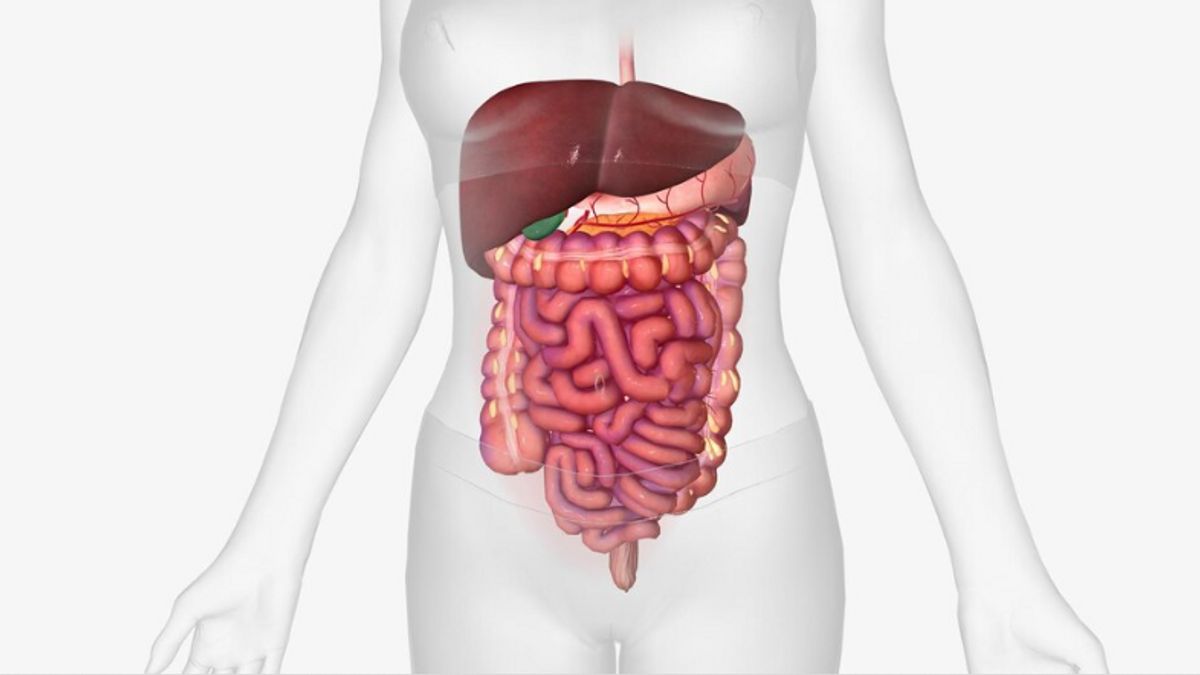YOGYAKARTA - The human digestive system is a series of organs that play an important role in processing and absorbing nutrients from the foods we consume. It is very important to hit the human digestive tract sequence.
Each part in the digestive tract has a specific function that is interconnected to support the digestive process, ranging from breaking food, absorption of nutrients, and spending on food remains.
Organs in the digestive tract are tasked with ensuring the body gets the energy and nutrients needed. Let's recognize what the order of human digestive tract is and the function of each organ.
The following is the order of the human digestive system starting from the mouth to break up food to the anus for disposal of food residues:
The digestive process begins in the mouth. When food enters the mouth, the teeth and tongue break it into a smaller part. The saliva, produced by the saliva gland, contains amilase enzymes that help start the carbohydrate breaking process.
In the mouth, food is processed into abolus, namely a soft and ready-to-eat food mass. The mouth is the first part that plays a role in mechanical and chemical breaking of food.
After the food is drilled and formed into abolus, thebolus enters the concavity or esophagus. This channel acts as a connecting road between the mouth and the stomach.
SEE ALSO:
With the help of a perictaltic movement, namely rhythmic muscle movements, thebolus is pushed down towards the stomach. This perstaltic also ensures that the food is not long held back in the concavity.
In the stomach, thebolus undergoes further digestive processes through enzyme activity and stomach acid. The stomach walls produce pepsin enzymes and chloride acids (HCl) that function to break up protein in the food.
The mixing of foods with enzymes and acids makes thebolus more fluid and ready to enter the next digestive process. Here, food is processed into chyme, which is a liquid rich in enzymes and nutrients ready to enter the intestines.
Smooth use is the main place where nutrient absorption occurs. Divided into three parts namely duodenum, jejunum, and ileum, the fine intestines have a specific role in each part:
After passing through the fine intestines, food residues that are not smeared or absorbed enter the large intestines. Here, the remaining fluids are reabsorbed into the body, forming a chaotic mass. Large tests also consist of several parts, such as the sekum, the collon (which is divided into colon asentens, the collon transversum, the collon descent, and the collon sigmoid), as well as the rectum.
It is in this colony that water is absorbed, and intestinal bacteria help break up food residues. This useless food remnant will form evidence, which will then be removed through the anus.
The last part of the digestive tract is rectum and anus. The rectum is tasked with storing feces until the time of disposal, while the anus is the final way out of the body. When the signal is received that it's time to defecate, the anus muscles relax to let it out of the body.
That is the order of human digestive tract which is very important to know as an insight into the anatomy of the body. Each part of the digestive tract has a vital role to play in ensuring that the body receives the nutrients needed. Also read how to maintain gut health for good digestion.
Stay up to date with the latest domestic and other overseas news on VOI. We present the latest and updated information nationally and internationally.
The English, Chinese, Japanese, Arabic, and French versions are automatically generated by the AI. So there may still be inaccuracies in translating, please always see Indonesian as our main language. (system supported by DigitalSiber.id)


















